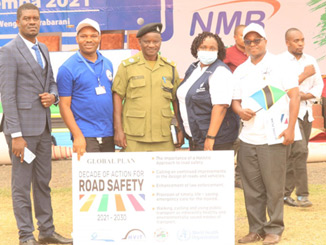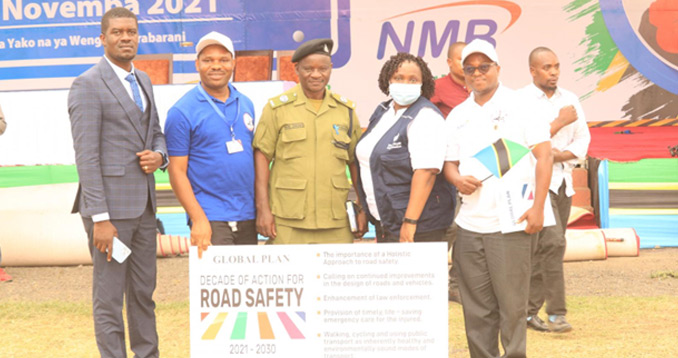

Many Tanzanian journalists thought it wasn’t worth the trouble to produce stories on road safety. Yet the WHO road safety media fellowship, undertaken as part of the Bloomberg Initiative for Global Road Safety, has helped change the narrative for good.
Since then, the number of road safety journalists has been increasing in Tanzania. The key challenge has been to produce data-driven stories that promote public accountability in reducing road accidents within a country. The challenge is associated with many journalists’ inability to use tools for collecting, analyzing, and interpreting road accident data sets.
The 2020 Tanzania in Figures report, produced by Tanzania’s National Bureau of Statistics, shows that from 2016 to 2020 there were 25,164 crashes in the country, which claimed the lives of over 10,900 people.
Globally, over 1.3 million people are killed in road traffic crashes each year – more than 2 every minute – and crashes are the leading global cause of death among children and young adults aged 5 – 29.
In such a situation, journalists must reshape their skills to ensure they produce stories that help strengthen public safety. Here’s what they need:
Critical thinking; Journalists must be able to analyze how many factors and patterns interact to produce an effect or a set of results. Most of the time, journalists are more interested in reporting on results than the patterns or deeper causes that led to those results. However, in order to reduce crashes, journalists should look at all of the patterns, factors and causes related to road safety.
Data analysis and visualization; Journalists should be able to analyze data sets and visualize them in order to make sure that the stories about road safety are conveyed to the intended audience and key road safety stakeholders clearly, precisely, and effectively. One of the stories I recall from my data journalism training in 2016 is this one, in which the journalist inquires into the disparity in the data on the number of deaths caused by traffic crashes.
Multimedia skills; According to a recent estimate by the Tanzania Communications Authority, 29.9 million people in Tanzania have access to the internet. For journalists to remain relevant, they must be able to create digital content, such as audio, video, photos, or text, for a variety of digital platforms. Now it is possible to reach large audiences in Tanzania by producing road safety multimedia content.
Stories’ monitoring and impact verification; After the road safety report is out, it is crucial for journalists to be able to follow their published stories. The major goal of this monitoring should be to check in on the results and impact brought on by their stories. Modern web channels for monitoring news have recently emerged.
Having these skills will enable journalists to produce solution-driven stories that help raise public and stakeholder awareness and accountability for road safety.

Leave a Reply